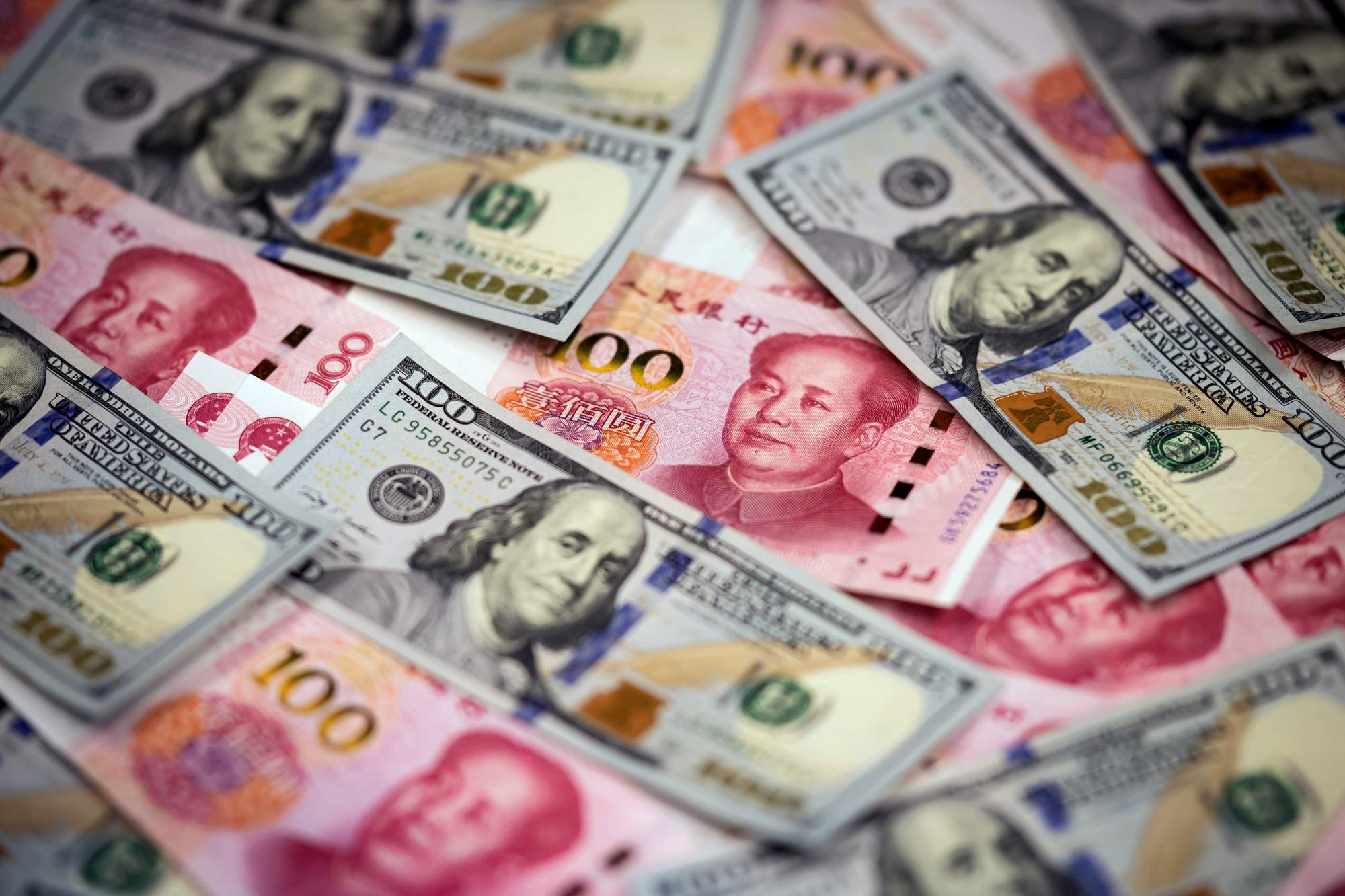China’s light-speed recovery from the pandemic has reignited the perennial debate about how long the U.S. dollar’s 50-year dominance of global markets can persist.
The U.S.’s struggle to control the coronavirus and revive its economy contrasts sharply with the Asian nation, where growth has roared back. That divergence — which led to the greenback’s worst performance since 2017 as the yuan advanced — has bolstered China’s tilt at dollar hegemony, with investors flocking to onshore assets, trying out the renminbi for trade, and even giving it another look as a reserve currency.
The dollar’s demise as the world’s reserve currency has been idly speculated on and predicted for years, of course. Prior to the yuan, all the hype was about the euro as the dollar’s successor. Nothing, though, ever managed to dent the twin forces underpinning dollar supremacy: the U.S.’s role as both global growth engine and haven of first choice for investors during crises. So powerful were these two pillars that they were given a catchy nickname in trading circles years ago — the "dollar smile.”


















With your current subscription plan you can comment on stories. However, before writing your first comment, please create a display name in the Profile section of your subscriber account page.